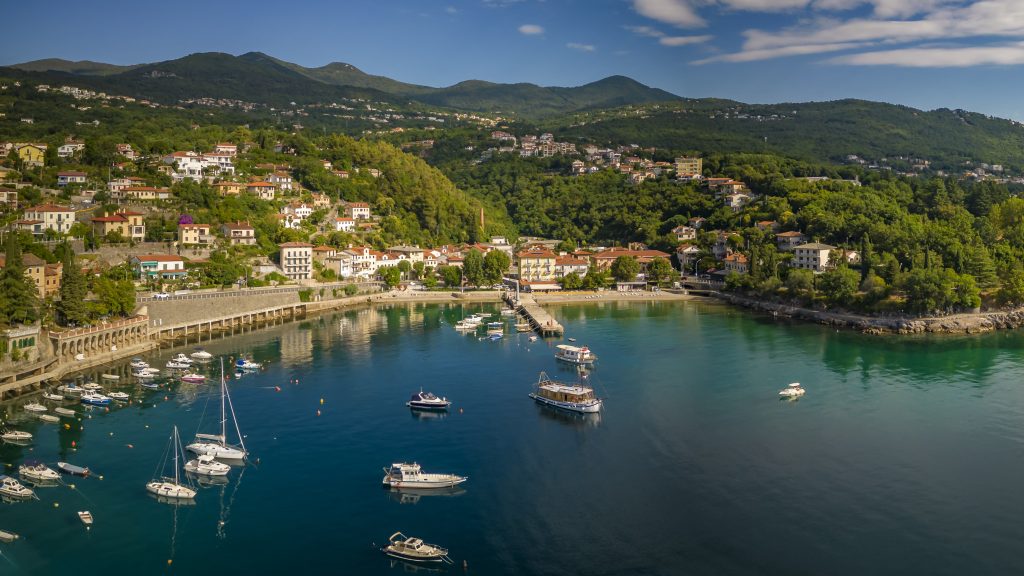Since 1979, we've been lucky enough to get a close-up look at the bright red-yellow moon with the help of Galileo and now the Juno spacecraft. We know that its volcanic activity is made possible by the resonant circulation and tidal heating generated by Jupiter and its lunar neighbors – however, we didn't know how long it had been like this. (Similarly, Europa's subsurface ocean could still remain liquid due to tidal heating.)
Resonant circulation
Source: Wikimedia Commons
Rezonáns keringésnek nevezzük azt, ha a közös középpont körül keringő égitestek összehangoltan keringenek, a Jupiter nagy holdjai esetében míg a Ganymedes egyszer járja körbe a Jupitert, az Europa kétszer, az Io pedig négyszer.
However, precisely because of its volcanic activity, Io's surface is constantly changing, so it has not been able to preserve features by which the surface's age can be determined. two new, Sciencesand the JGR Planets In the results of research published in magazine columns A California Institute of Technology The Caltech team found that Io's volcanic activity has been present since the early solar system.
Experts examined the isotopic ratios of the small moon's volatile elements (such as sulfur or chlorine, which make up most of the atmosphere). As a result of volcanic activity, some of the material released from the moon's interior is “recycled” by the celestial body, but some remains. Different isotopes have different masses, so they cannot escape the gravitational captivity of the celestial body in the same way. Heavier isotopes after a period of time become enriched as a result.
Structure of Io The section shows the supposed deep magma ocean, the pods leading from it to the surface, and the atmosphere surrounding the moon, which is fed by volcanoes. In the background we also see Jupiter – a giant planet that plays an important role in the operations.
Source: California Institute of Technology
One ton of matter per second is sucked out of Io's atmosphere by Jupiter's magnetic field, more precisely by collisions with charged particles scattered in it. Since the lighter isotope of sulfur is present in the upper layers of the atmosphere, it will likely leave, while the heavier isotope that accumulates near the surface will remain.
If we know the current ratio of these two isotope types around Io, we can calculate how long this type of selective cleaning has been going on, i.e. how long Io's volcanoes have been active. For this, we still need to know what the elemental isotope ratio was when the solar system formed, and many meteorites provide information about this.
Countless active volcanoes on Io were discovered by the Juno spacecraft based on infrared signals, which were then projected onto images taken in the visible range. This allows you to identify where active volcanoes are located.
Source: NASA
This time, researchers examined these isotopes around Io not with the help of spacecraft or space telescopes, but with the ALMA radio telescope in Chile. During the measurements, it was found that the isotopes of both sulfur and chlorine changed proportionally compared to the initial state of the solar system, which is only possible if the moon's volcanoes were active from the beginning.
This also means that the resonant cycle that activates volcanoes through tidal heating was already in place when Jupiter's moon system was formed. By the way, theoretical calculations carried out on other grounds also found that this is approximately the case. Two decades ago.
By analyzing Io's sulfur recycling system, they also determined that Io may have been more active in the past than it is today. It is worth noting that although this has been linked to intense volcanic activity, Io's surface is not hot, averaging only -130°C. Naturally, the sites of current eruptions are extremely hot, as Io's lava can reach temperatures of 1,200 degrees Celsius.
It's not yet clear what other components might have escaped from the Moon's interior, such as whether there was water inside Io, which it gradually lost through its volcanoes.
Not closely related, but a Only NASA these days Announced the results of the recent flyby of the Juno spacecraft near Io. During its flights in December 2023 and February 2024, the spacecraft passed only 1,500 kilometers above the surface of the moon.
Based on this data, a very amazing animation was also created showing the volcanic area called Loki Patera. This volcano, which is not a mountain but a depression, also includes a strange lake of lava with a diameter of 200 kilometers, which erupts from time to time. The outer edge of the lava is even hotter, where molten rock can erupt from deep within the moon.
In the middle of the lake you can see an island. It is a floating island consisting of solidified lava. Sometimes similar islands overturn and dive again into the depth of the lava lake, and then new islands are created. From recent Juno measurements, we also know that Io's surface is glassy-smooth in some locations, which may be similar to Earth's volcanic glass, obsidian.











































